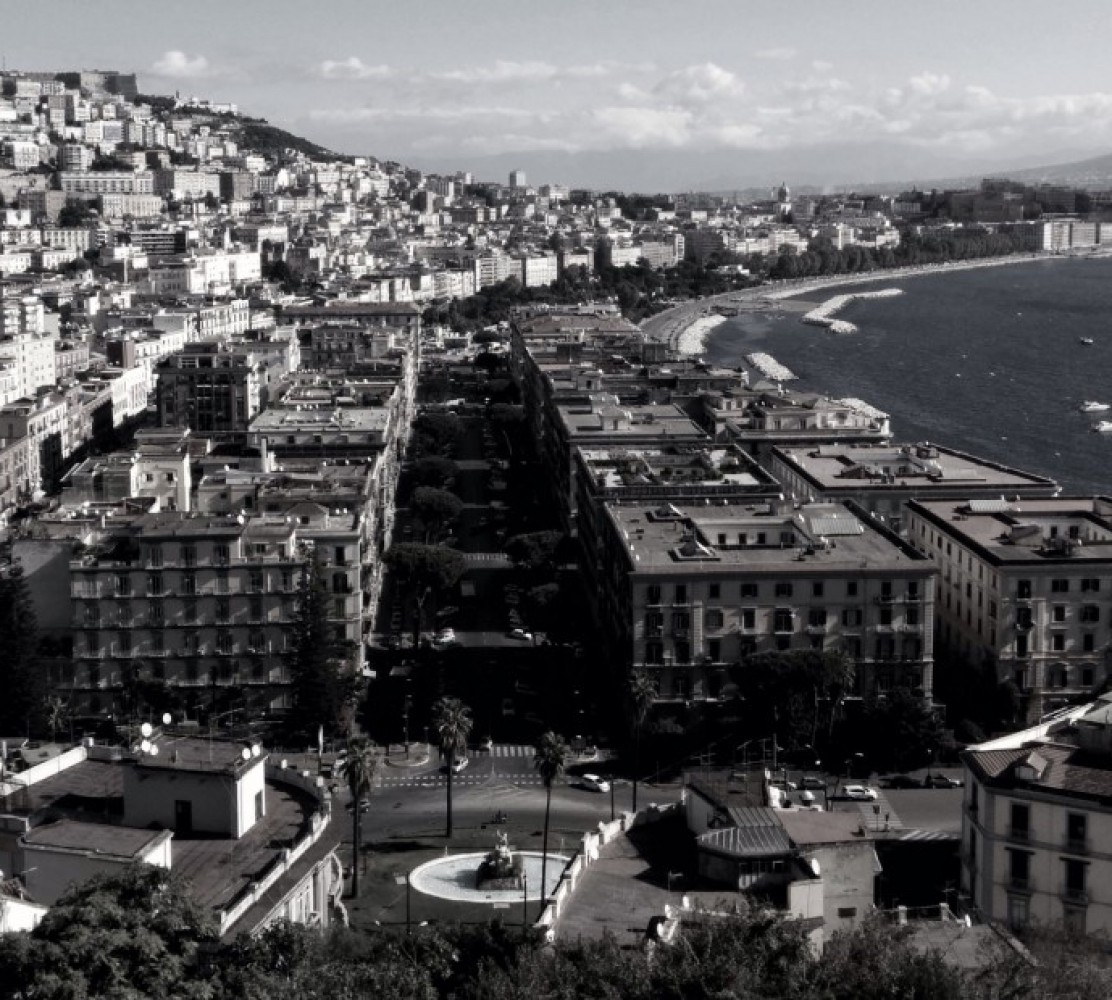 The Tavola Strozzi, or Strozzi Table, is a oil on canvas picture of Aragonese Naples of the 15th century. Rediscovered in the early 20th century and used as a bed board, it is the earliest depiction of the city and is in the collection of the city’s San Martino museum. It shows the triumphant return of the Aragonese fleet after the victory against the Angevin pretender, John of Anjou, which occurred off the island of Ischia.
The Tavola Strozzi, or Strozzi Table, is a oil on canvas picture of Aragonese Naples of the 15th century. Rediscovered in the early 20th century and used as a bed board, it is the earliest depiction of the city and is in the collection of the city’s San Martino museum. It shows the triumphant return of the Aragonese fleet after the victory against the Angevin pretender, John of Anjou, which occurred off the island of Ischia.
The level of detail is incredible. Taken from a sea perspective, the picture shows the castles, fortifications, gates, towers and churches of the medieval city. A line of warships re-enter the harbour in the morning. Key city landmarks such as Castle dell’Ouvo, Castle Nouvo, Castle Sant’Elmo, the Duomo, Santa Chiara and San Domenico Maggiore are clearly visible in the background.
Picture: Wiki.

















